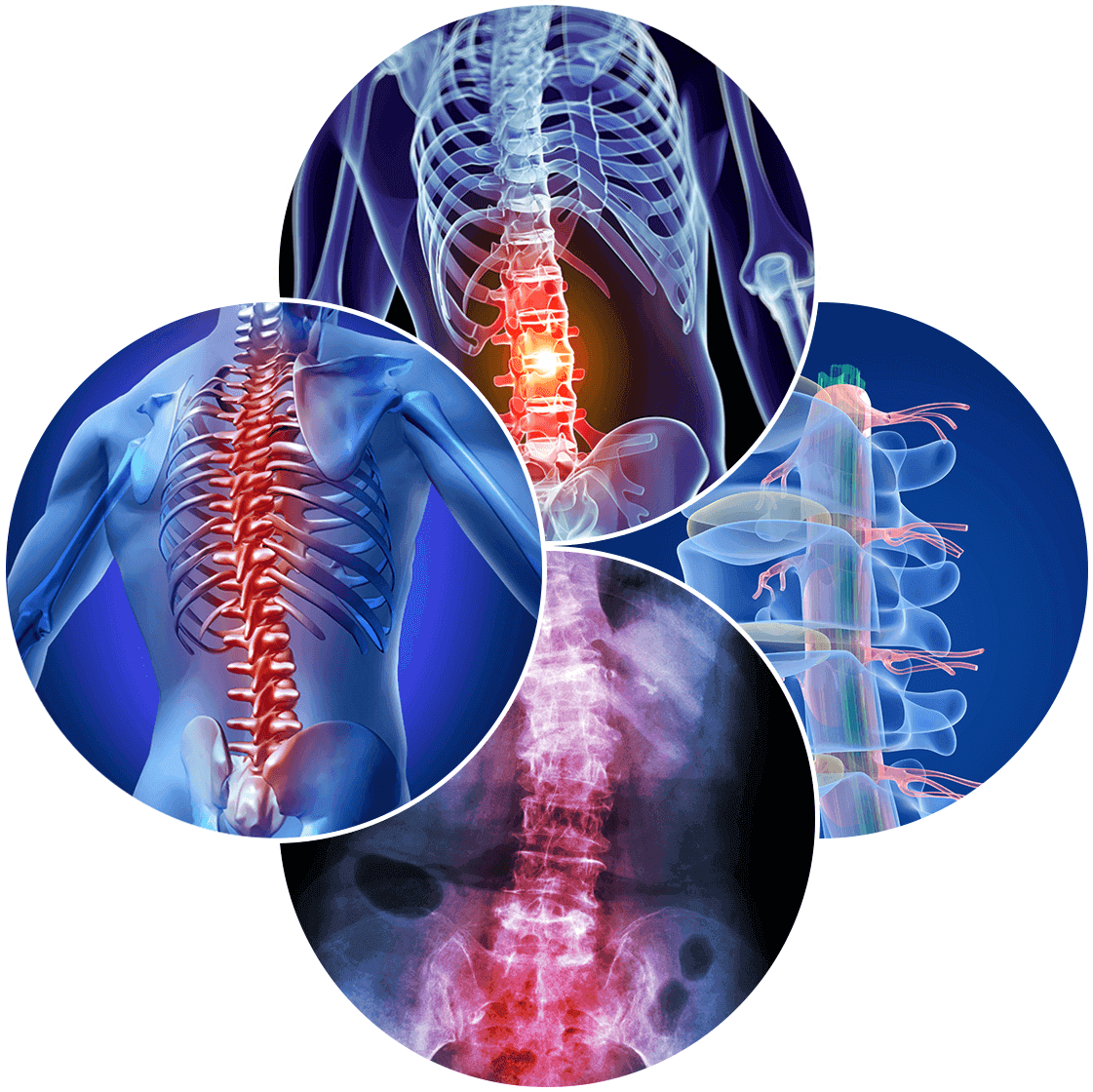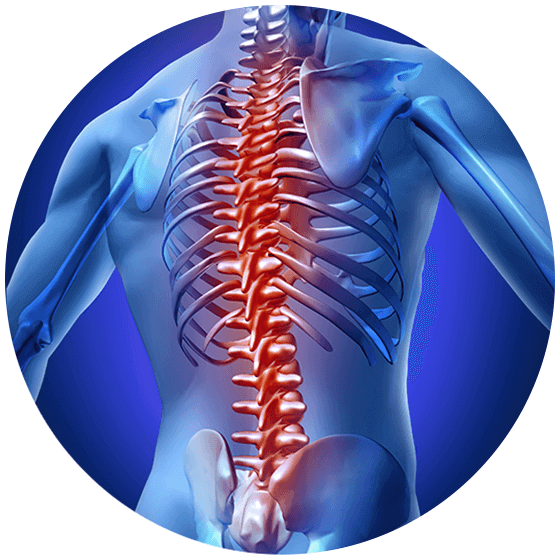Anterior Lumbar Interbody Fusion (ALIF)

Anterior Lumbar Interbody Fusion (ALIF)
An Anterior Lumbar Interbody Fusion (ALIF) is a minimally invasive procedure that targets the lumbar spine. More specifically, an ALIF aims to repair structural deformities, vertebral instability, and damage to our spongy intervertebral discs. During an ALIF, your surgeon will access the large vertebrae of the lower back through a small incision in the abdomen. Replacing traditional—and painful—entry through the back, this anterior approach offers many benefits. Most notably, it affords your surgeon with a less obstructed route to the damaged disc and minimizes tissue destruction to the spine.
After making a small incision, your surgeon will use specialized instruments to move tissues, organs, and blood vessels to the side. Avoiding delicate tissues instead of incising through them allows for less painful and physically damaging access to your spine.
After removing damaged disc material, your doctor will insert a spacer to restore the height between the vertebrae. This spacer—often referred to as a “cage”—contains bone graft material that will aid in the subsequent fusion process. Your doctor may obtain these bone grafts from your hip, a donor bone supply, or an artificial material. However, the source of the graft will depend upon your personal situation and condition. Once your doctor has implanted the graft, plates, rods, and screws will hold the material in place as it heals. During your recovery, the inserted graft will act as a facilitator, encouraging existing bone to grow around the implanted material. As a result, you will be able to achieve a permanently stable, pain-free spine.
Some of the specific benefits of an ALIF include the following:
Small incisions mean less blood loss, less pain, less scarring, and shorter recovery times
The anterior approach avoids damage to the thick and strong posterior muscles of the back
The anterior placement of the fusion has proven to be more successful than the posterior
Little to no manipulation of the spinal nerves leads to less chances for permanent damage
The location of the fusion allows for the natural compression of the spine to aid in healing
Minimally invasive procedures allow for less pain, shorter hospital stays, and a faster recovery
Advantages of Anterior Lumbar Interbody Fusion (ALIF)
Many benefits of the ALIF stem from its anterior approach, advanced instrumentation, and improvements in a patient’s prognosis for long-term recovery. Our surgical team at the Advanced Spine Center has years of clinical training in state-of-the-art procedures like ALIFs. Moreover, our award-winning surgeon, Dr. Lowenstein, is an expert in the specialized treatment of spinal deformities. Dr. Lowenstein routinely treats scoliosis, as well as structural instabilities associated with spondylolisthesis, degenerative disc disease, and spinal trauma. You can trust the expertise of the Advanced Spine team to assess, diagnose, and treat your spine condition.
Eligibility Requirements for an ALIF
You may be a candidate for a minimally invasive Anterior Lumbar Interbody Fusion (ALIF) if you are suffering from the painful symptoms associated with bulging or herniated discs, degenerative disc disease, spondylolisthesis, or deformities such as scoliosis. Debilitating symptoms such as stabbing or localized pain, radiating pain or radiculopathy, immobility and stiffness, and tingling or burning sensations may be present with any of these conditions.
However, there may be certain situations that prohibit an individual from receiving an ALIF procedure. If you have previously had multiple abdominal surgeries or a failed lumbar fusion, or if you have been diagnosed with extreme vertebral instability as a result of compression fractures, osteoarthritis, or obesity, you may not qualify for this procedure.
If you have any questions regarding your candidacy for this procedure, please contact the award-winning team at the Advanced Spine Center at 973-791-4101. One of our patient advocates will be happy provide you with further information.
